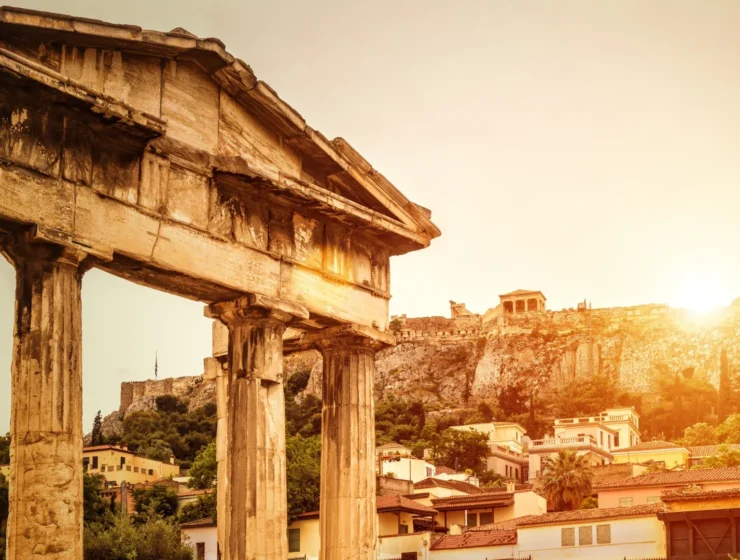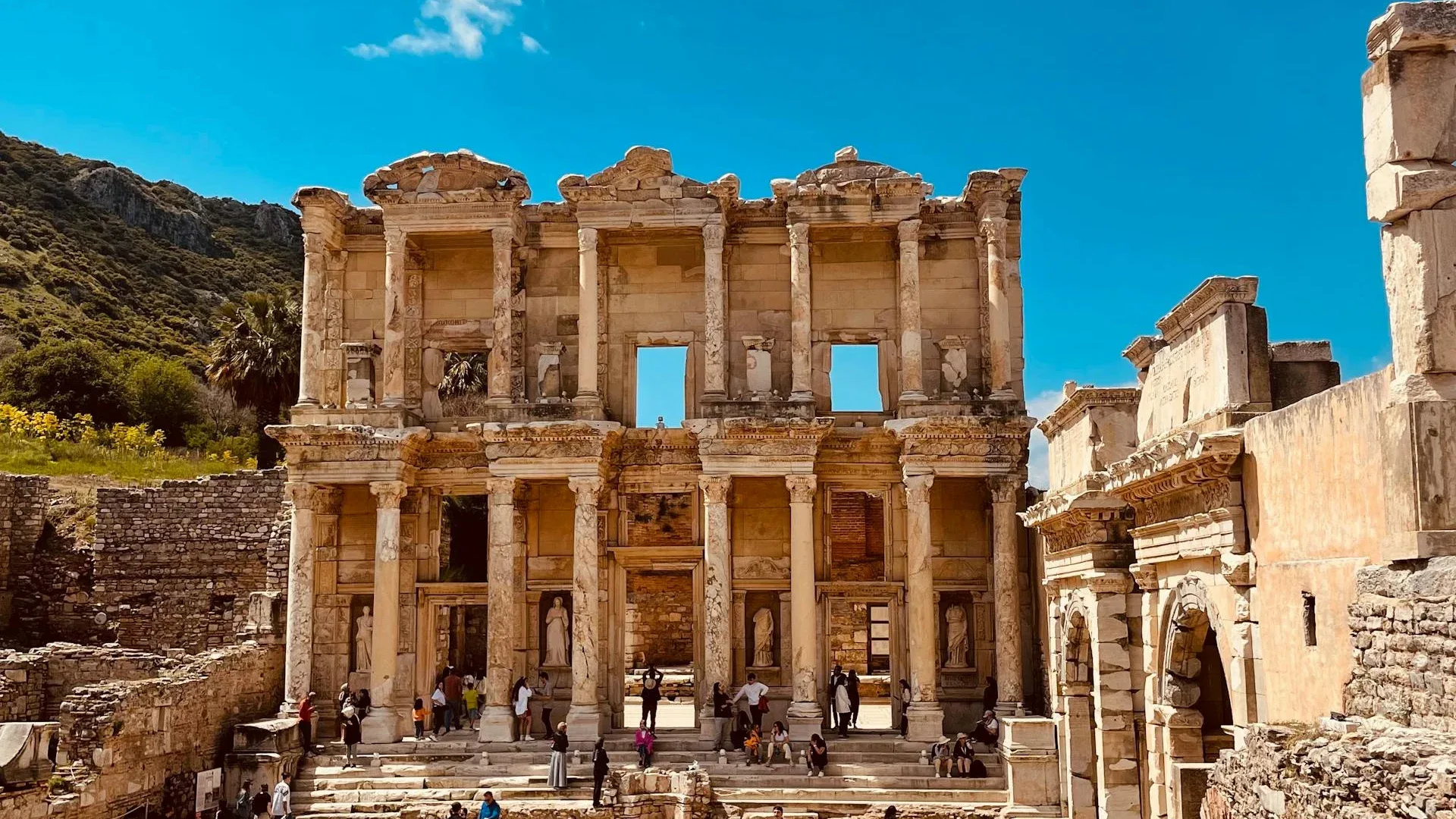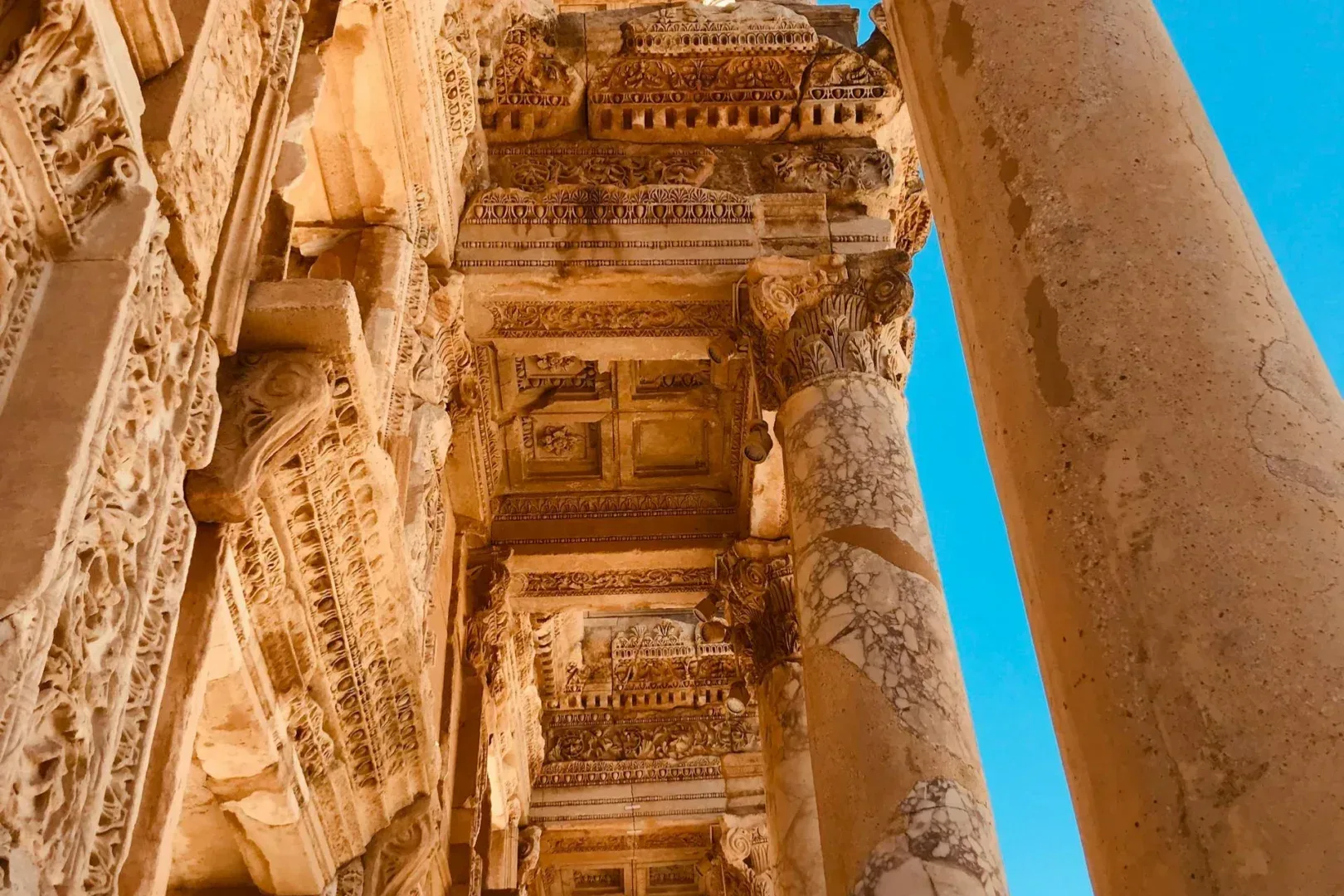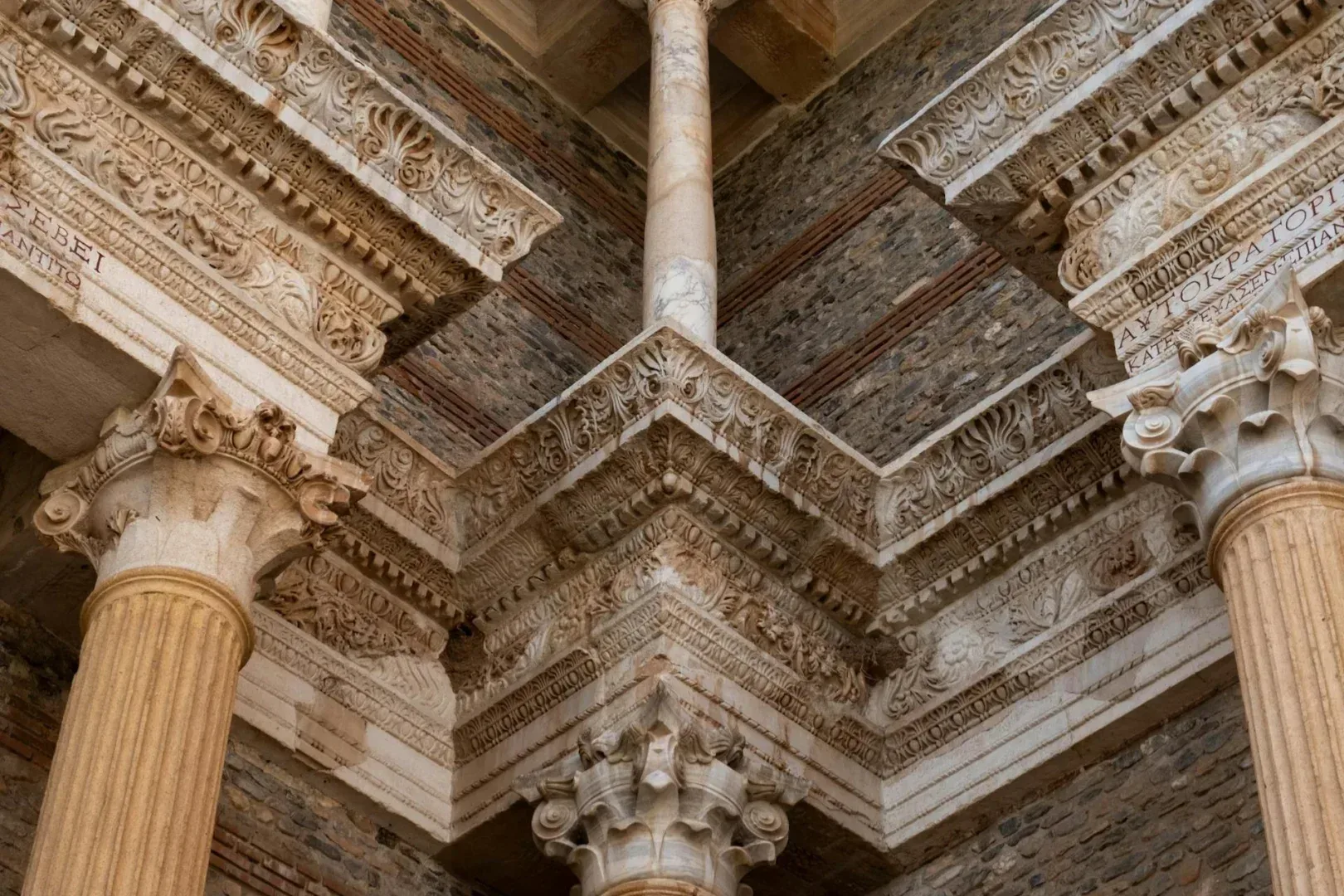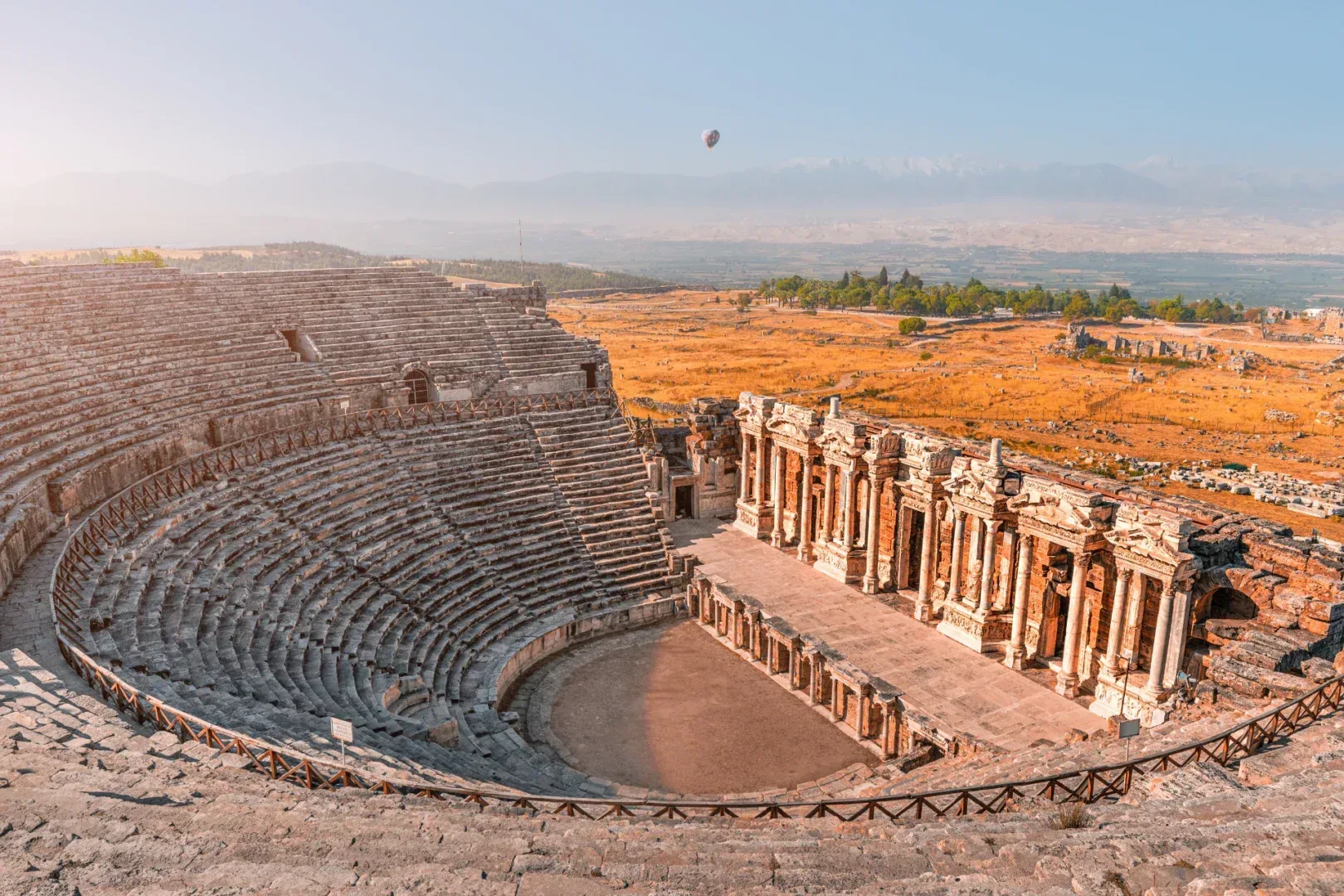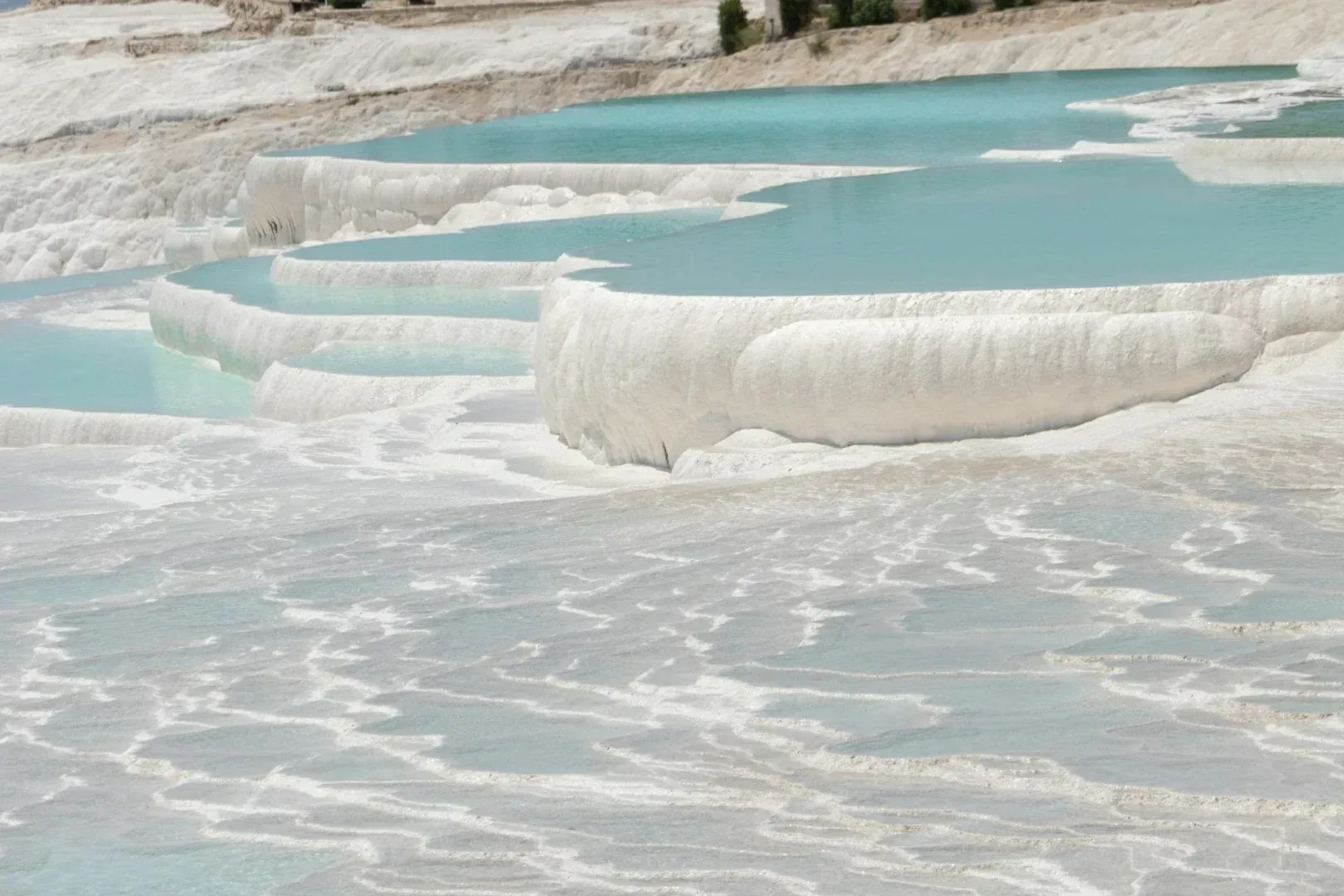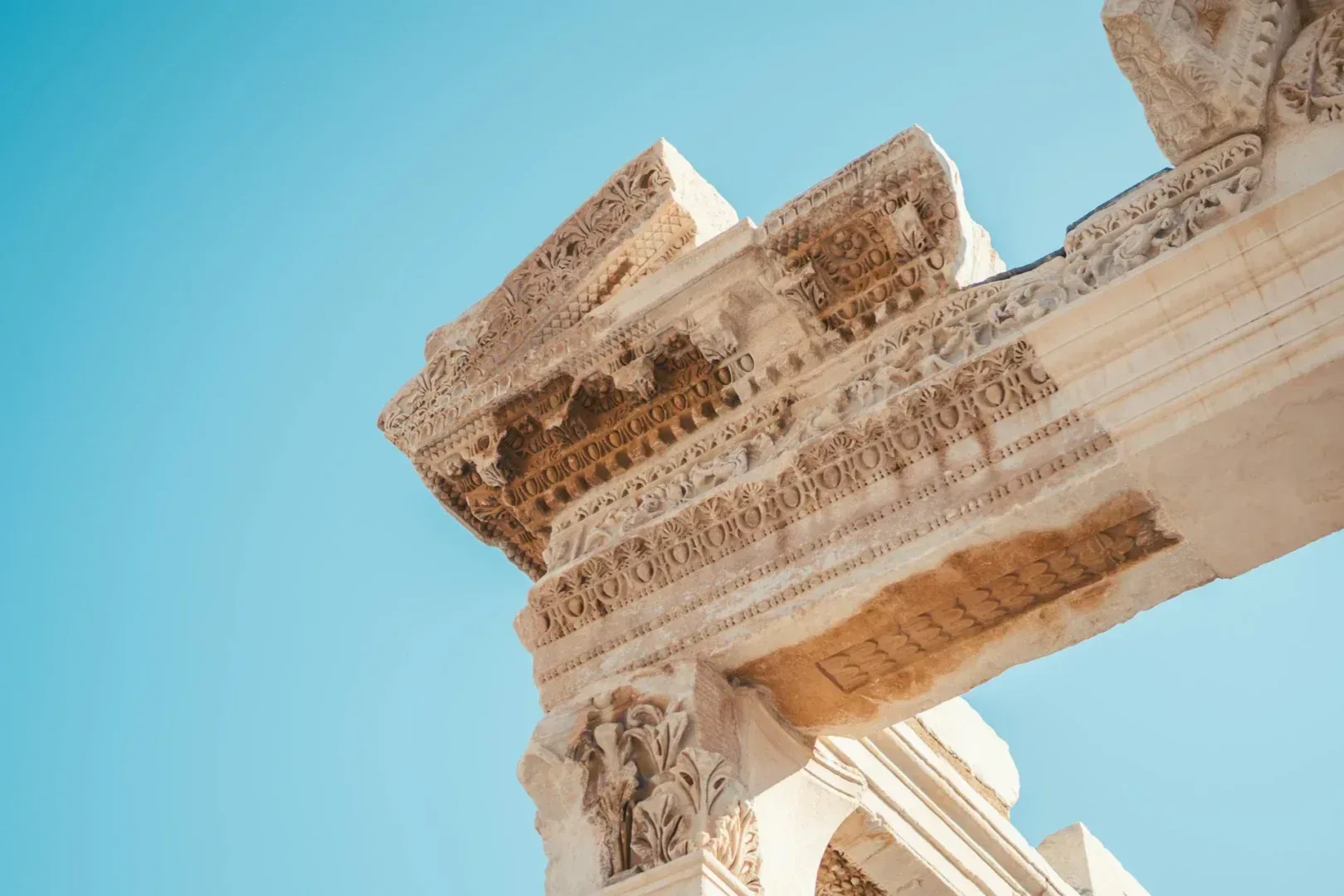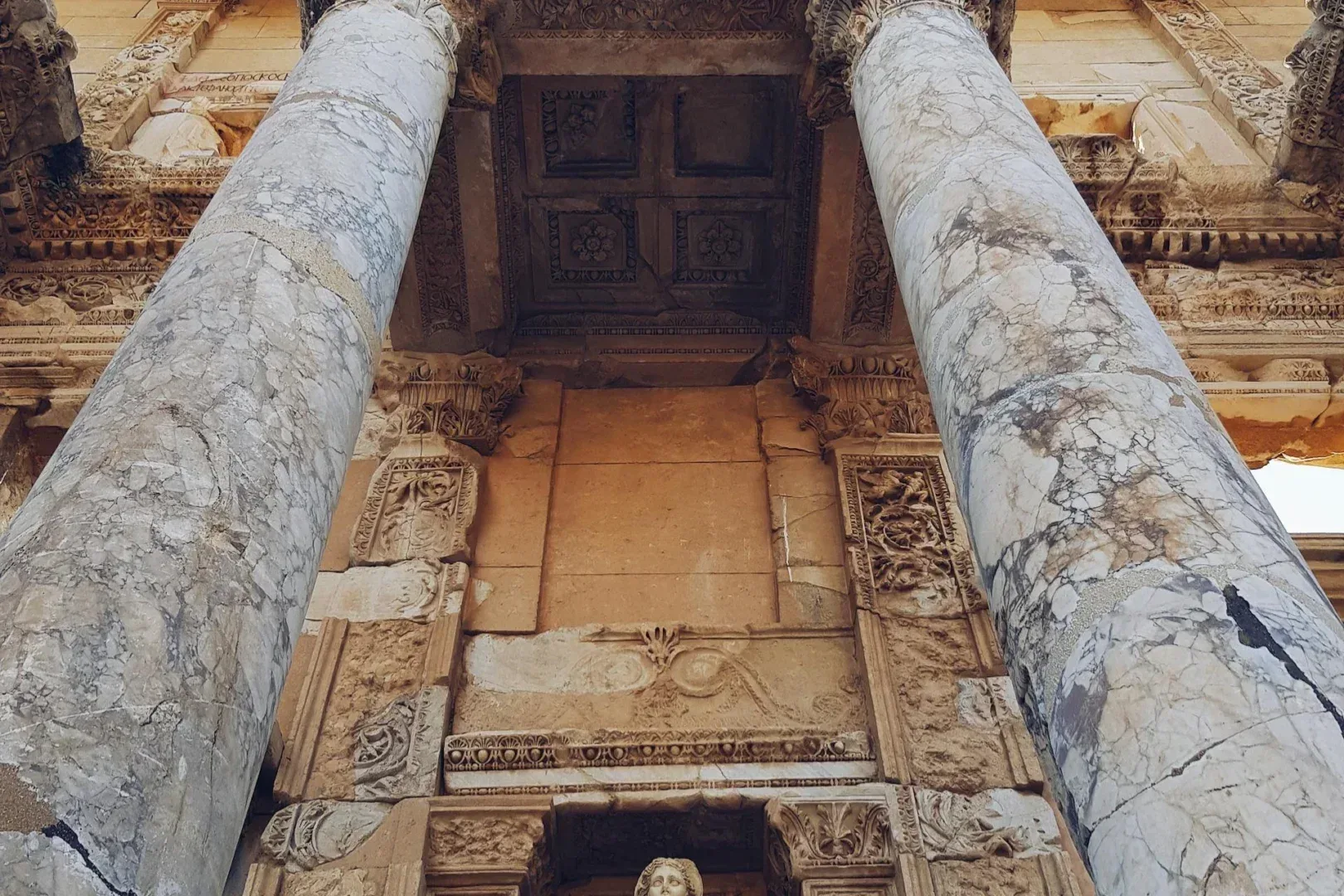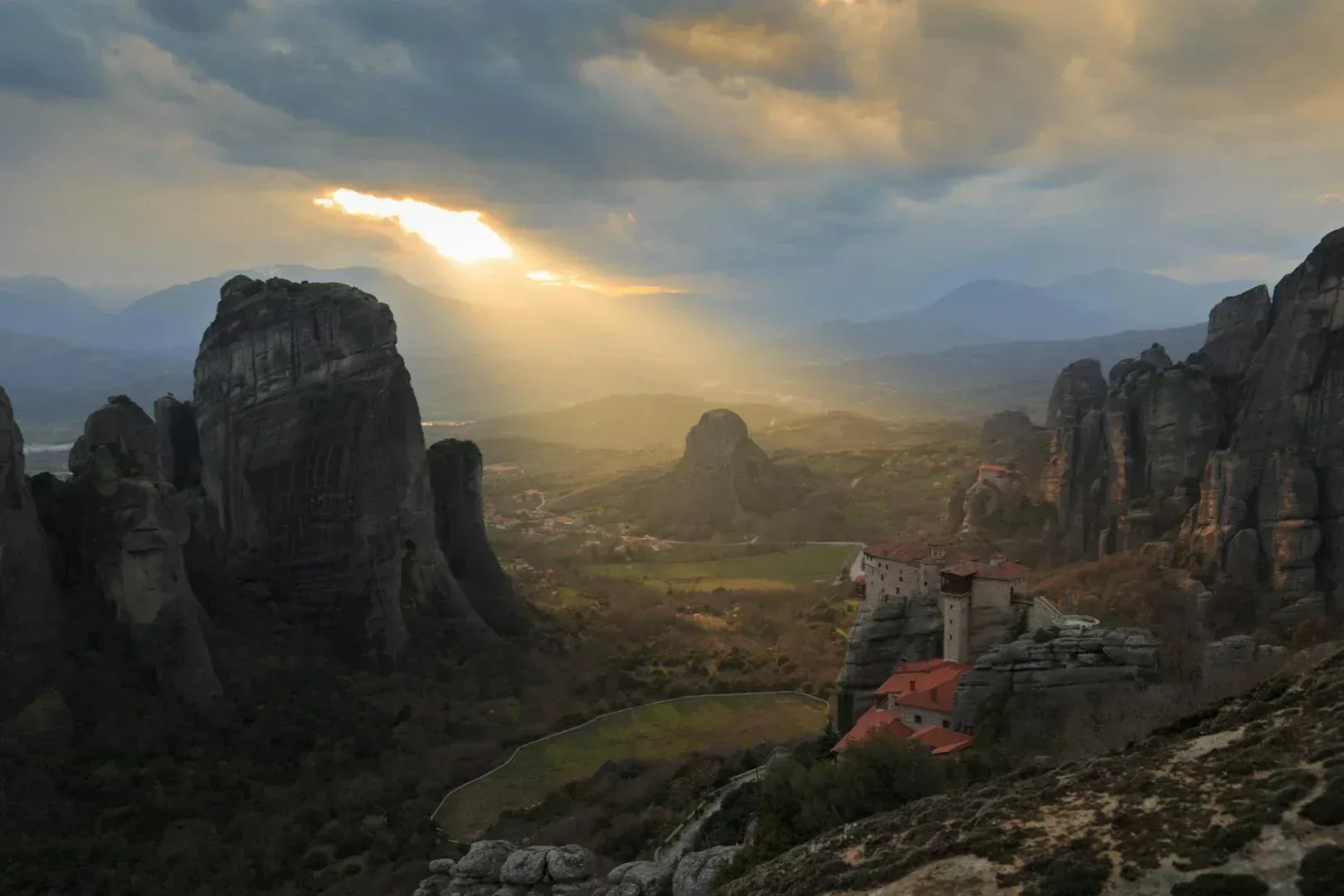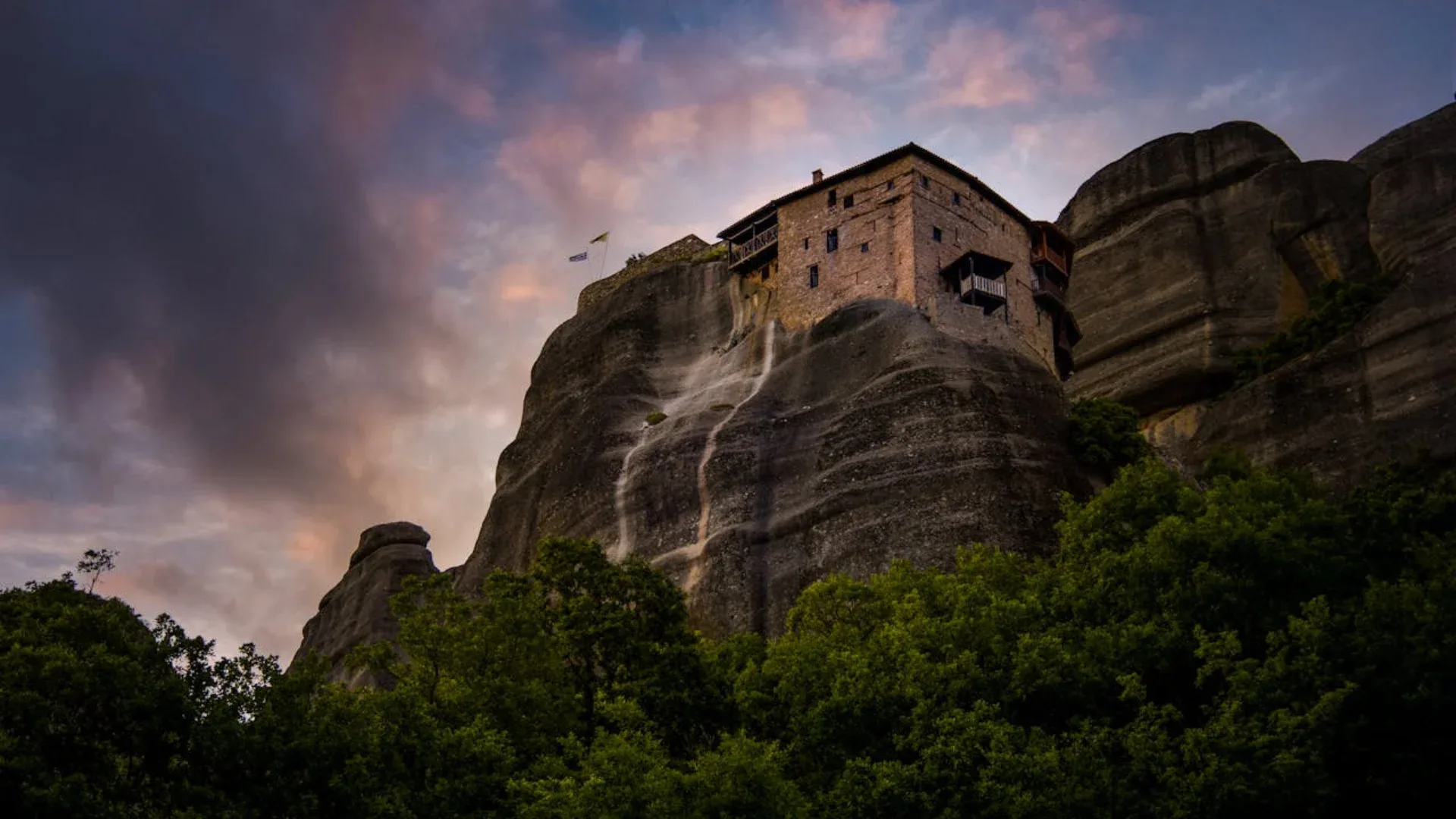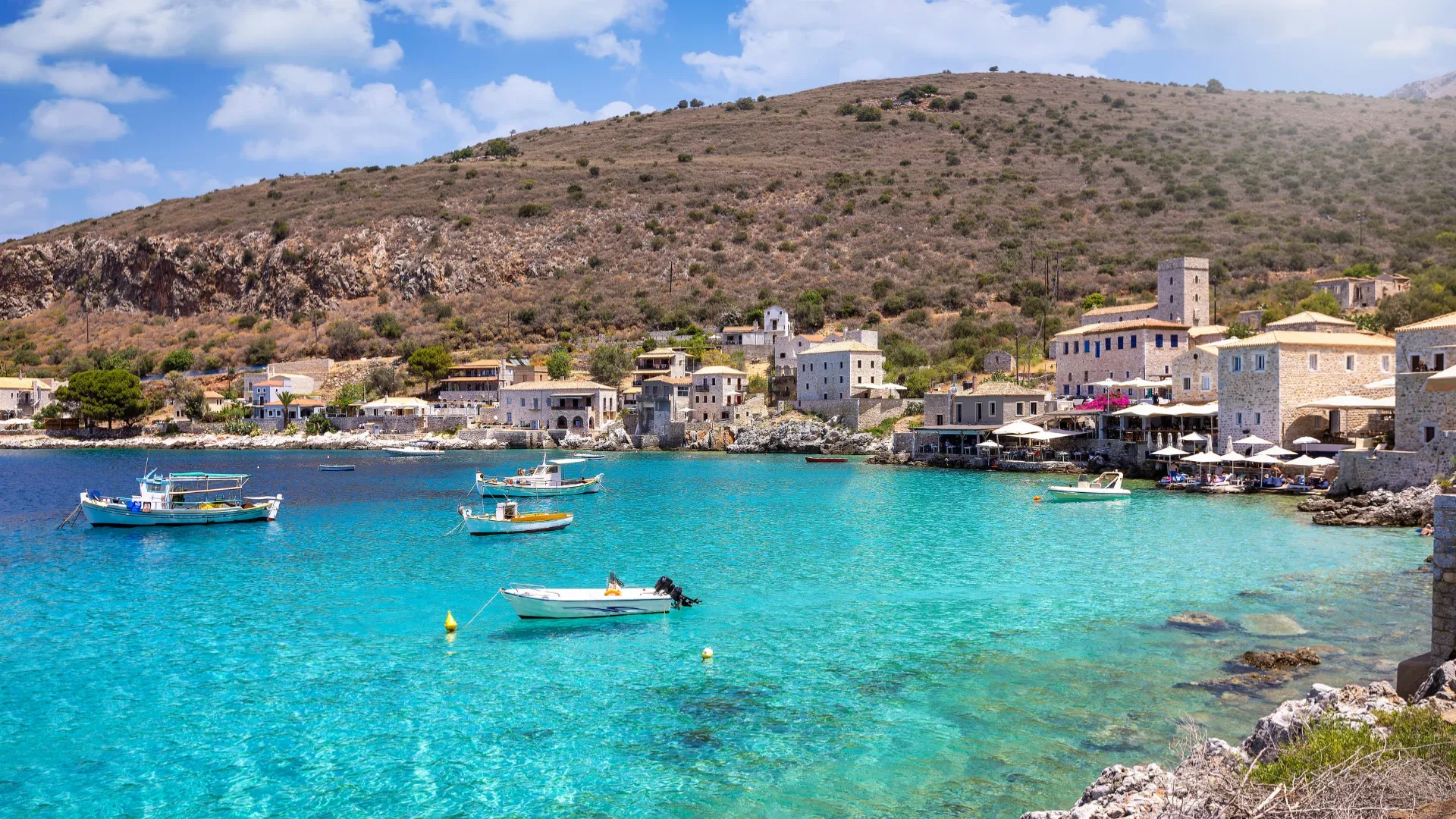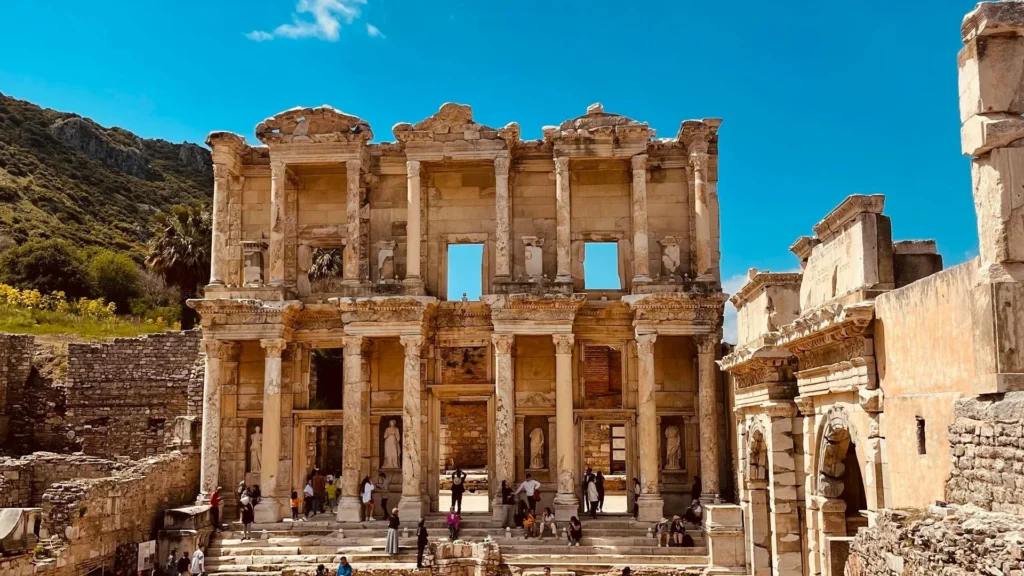

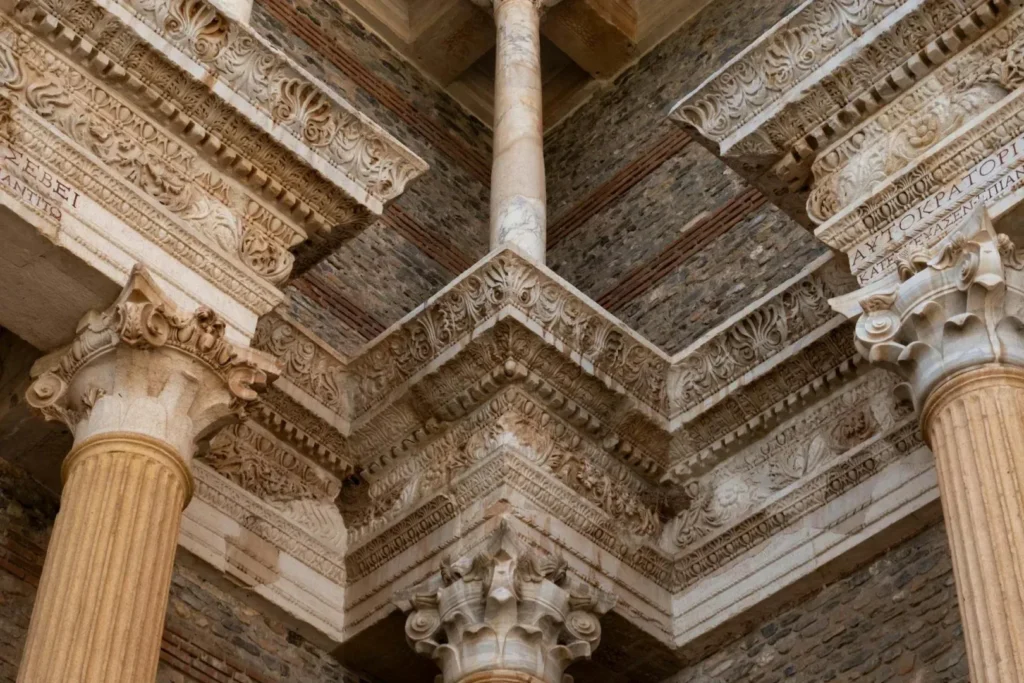
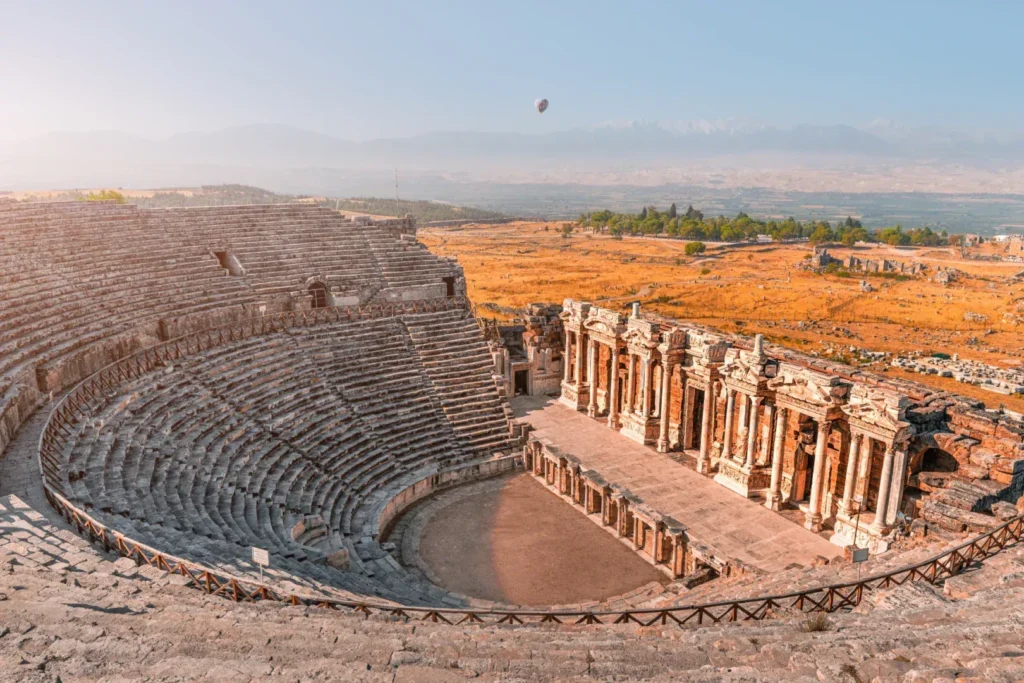
 See More
See More
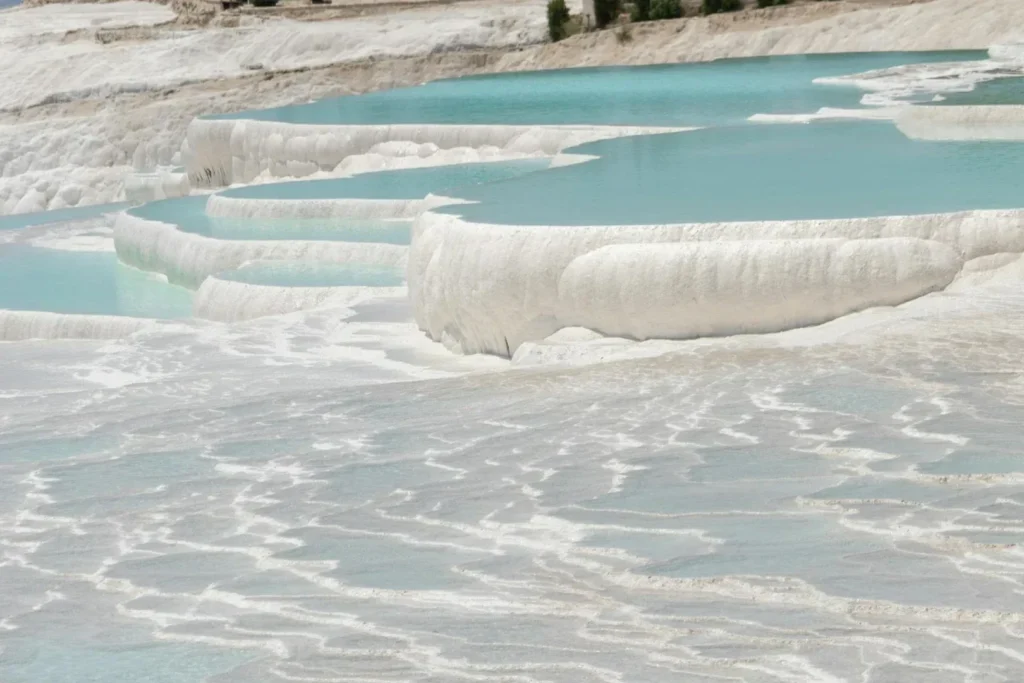
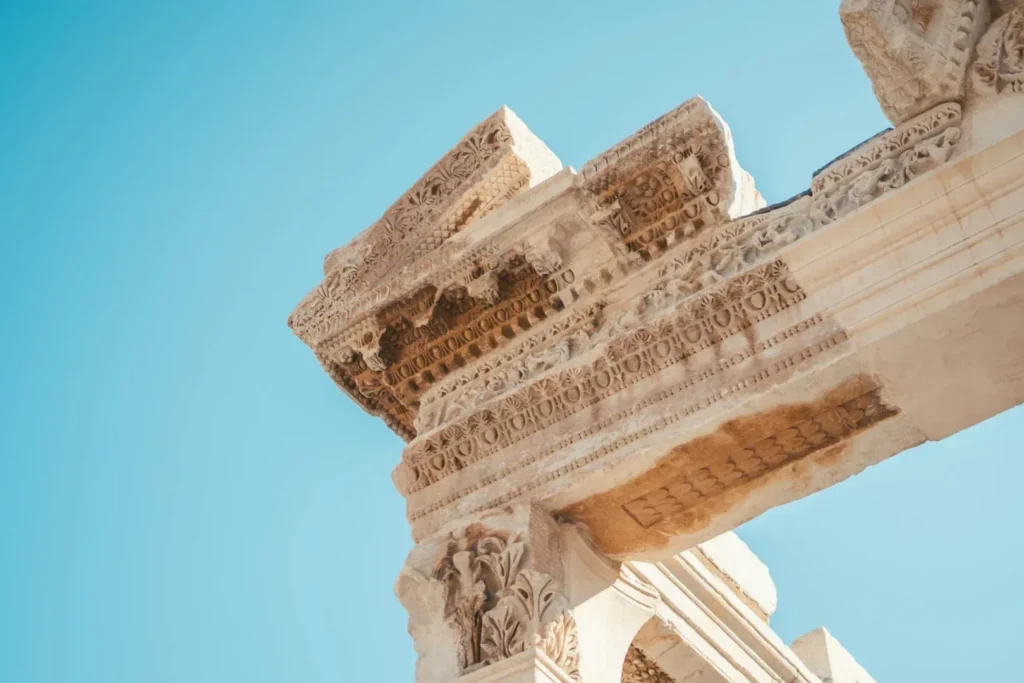


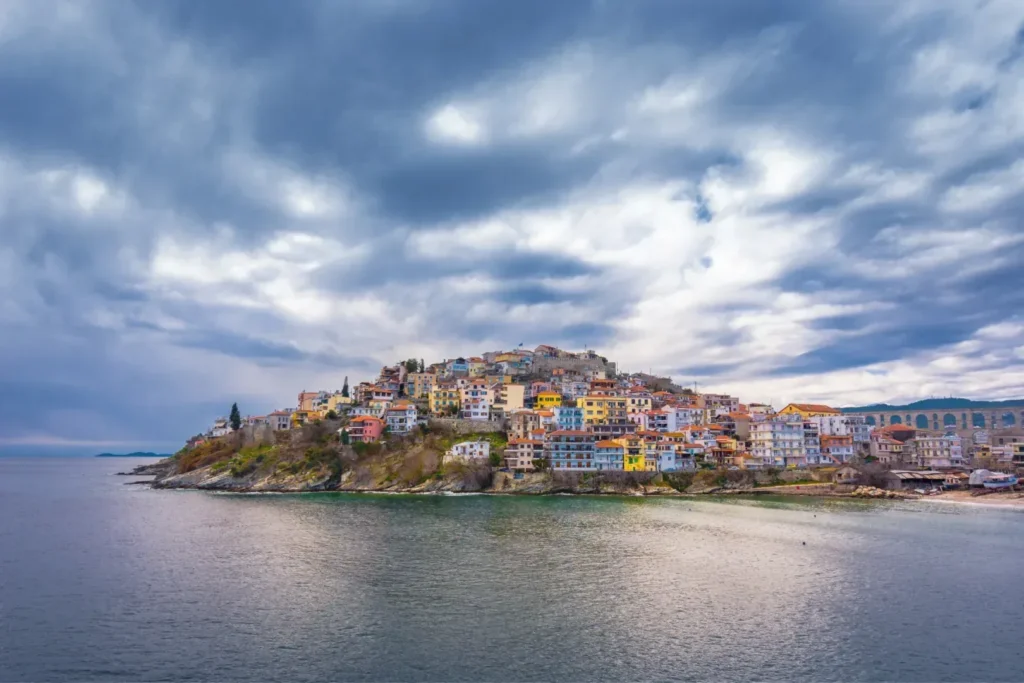
Embark on a profound 14-day journey tracing the footsteps of St. Paul through Turkey and Greece. Visit key biblical sites in both countries, including Ephesus, Philippi, Athens, and Corinth, where St. Paul spread his teachings.
This tour offers a meaningful blend of spiritual insight and historical exploration, bringing to life the Apostle’s mission across two culturally rich landscapes.
DETAILED ITINERARY
Expand allCollapse allIzmir
Upon arrival at Izmir airport, you will be met and transferred to your hotel. Balance of the day at leisure.
Izmir (Smyrna) was one of the Seven Churches according to the New Testament’s Book of Revelations.
Izmir is Turkey’s third largest city and the second largest port. Its location as a port entry to the Aegean has always been significant dating back 3000 BC. The birthplace of Homer, captured by Alexander the Great, the city was inhabited by the Romans and Byzantines and later the Ottoman Empire. It flourished culturally and became a very important trading center.
Izmir – Pergamum – Thyatira
Today we will visit two of the Seven Churches, the archaeological site of Pergamum and Thyatira
Pergamum in the 3rd century was one of the greatest of Greek cities and later became the capital of the Roman province of Asia. It was a well known learning and healing center.
The city was guarded by four deities; Zeus, Athena, Dionysus and Asclepius. Pergamum was mentioned in the New Testament Book of Revelations as one of the Seven Churches of Asia where Christianity was adopted in the 1st century AD. We will visit the Church of St. John, as well as the Acropolis, the foundations of the great temple of Zeus, the temple of Athena, the library, the grand theater that seats 10,000 people and the healing center of Asclepius.
We will then drive to Thyatira. In classical times it was a center of the indigo trade and famous for fabric dyeing. Later in Christianity it was mentioned as one of the seven Churches in the Book of Revelations. We will visit the archaeological site including the basilica dating from the 6th century.
Sardis – Philadelphia – Heiropoli
Today we will visit the cities of Sardis, Philadelphia and Heiropolis before heading to Pamukkale.
The capital of the ancient kingdom of Lydia and a very important city in the Persian, Roman and Byzantine Empires as it was strategically located and was built on the fertile plain of the Hermus. It was addressed by St John in the Book of Revelation as one of the seven churches. We shall visit the gymnasium, the temple of Artemis and the church.
Meaning “one who loves his brother” Philadelphia was a city established in 189 BC by the King of Eumenes II in honor of his brother. It is well known for its mention in the Book of Revelations as the sixth of the Seven Churches. The domed Bassilica of St John was built in the 6th century, which has been left in ruins after frequent earthquakes and volcano eruptions. We will visit the archaeological site where the Basilica once stood.
Our next stop will be in Hierapolis or “holy city”. This city was blessed with thermal springs, which have been used since the 2nd century BC for healing. Christianity was brought to Heiropolis by St Paul who founded a church here. The city today is a UNESCO World Heritage Site. We will be visiting the amphitheatre, city gates, column lined streets, the Christian basilica and the Martyrium where it is believed apostle Phillip was crucified.
Laodicea – Colossae – Miletus – Kusadasi
Today we will visit the ancient cities of Laodicea, Colossae, Miletus and Kusadasi.
During Roman times the city prospered as it became one of the most important flourishing commercial cities of Asia Minor. It was one of the Seven Churches mentioned in the Book of Revelations. We shall visit the ruins of the city, the colonnaded streets, the baths and the theatre.
Our next visit will be to Colossae, an ancient city located on the road from Ephesus to the Euphrates. The Church was the recipient of St Paul’s letter to the Colossians. While the ancient city has not been excavated, we will be able to visit some of the ruins of the archaeological site, the theater and the church.
The history of the city of Miletus dates back from the Neolithic times, artifacts from the Minoan period dating 1900 BC were found in this city. It was a major Mycenaean stronghold on the coast of Asia Minor and during the 7th century BC it was one of the twelve Ionian cities of Asia Minor and a center for philosophers and scientists. Here, on his third missionary journey in 57 AD St Paul met with the elders of the church of Ephesus and stopped at the Great Harbor Monument.
Ephesus – Kusadasi
We will dedicate our morning for the visit of the magnificent city of Ephesus.
Founded in the 10th century, Ephesus was one of the most vibrant and important Greco-Roman port cities in Asia Minor. The goddess Artemis was the deity venerated in the Temple of Artemis, one of the Seven Wonders of the Ancient World. In early Christianity, 52-54 AD St Paul resided here. It is also believed that Mary, mother of Jesus, lived her last years of her life in Ephesus. We shall walk through this ancient city to see the public buildings, residences, the impressive library of Celsus, the temple of Artemis and the theatre.
We will visit the Basilica of St. John believed to also be the site of his burial.
Kusadasi – Patmos (Cruise)
Today we leave Kusadasi on board a cruise ship. We will be sailing to the Greek islands starting with Patmos, the “Holy Island”.
Patmos is known as the sacred island. St John sought refuge here in the 1st century AD. It is here where St John heard the voice of God and wrote the Book of Revelations in the Cave of the Apocalypse.
We will disembark in Patmos and will have ample time to visit the Cave of the Apocalypse and the Monastery of St John “the Theologian”.
Rhodes (Cruise)
Our next destination is the island of Rhodes
Rhodes is the capital and the largest of the Dodecanese islands. Its history dates back to the Neolithic times. It was inhabited by the Minoan Greeks, invaded by the Mycenaeans, became part of the empire of Alexander the Great and later the Roman. It was most famous for the Colossus of Rhodes, one of the Seven Wonders of the Ancient World.
After the Byzantine era came to an end, the island was occupied by the Knights Hospitaller, the Knights of St John, who build the Palace of the Grand Master and a city reminiscent of a European medieval one. We shall have time to visit the Palace and stroll in the old town.
Heraklion – Santorini (Cruise)
Our morning disembarkation is on the island of Crete. We will visit the Palace of Knossos and later sail to the beautiful island of Santorini.
Crete has a rich history of which the Minoan Civilization is most legendary. The Minoan Palace of Knossos, built around 2000 B.C. was the capital of that civilization and the frescoes discovered give an insight into the way of life of the Minoans their traditions and culture. We shall go through the Palace into the various chambers, throne rooms, courts and theaters.
Santorini is one of the most visited and spectacular of the Greek islands. Most impressive are the towns built on the sheer cliffs created as a result of the massive volcano that erupted 3600 years ago. Ancient Akrotiri is the archeological site, which we will visit. A prehistoric city that dates back to 4th millennium B.C., it was one of the main urban centers and ports on the Aegean. Most noteworthy are the buildings, three to four floors high, the elaborate drainage systems and the various vessels that were found. Many of the frescoes that were also uncovered and which retain their original colors, can be seen at the Archaeological Museum of Athens and the Museum of Prehistoric Thira of Santorini. You will have a chance to stroll around the picturesque town of Fira.
Corinth – Athens
Today we will disembark in Piraeus and travel to the Peloponnese to visit Ancient Corinth.
Drive through the coastal road to the Corinth Canal, which separates Peloponnese from the Greek mainland and connects the two Seas, the Ionian and the Aegean. Continue to Ancient Corinth, one of the most important trading cities of ancient Greece dating back to the 6th century B.C. visiting the archaeological site we will come across the Temple of Apollo, the agora, the sacred spring and the Peirene Fountain.
The apostle Paul resided in Corinth for 18 months in A.D. 51–52. Here he wrote the First and Second Epistles to the Corinthians. We shall visit the site of the Bema of St. Paul, where he preached. Back in Athens you can take advantage of your free afternoon to explore, relax and shop in the central neighbourhoods of Plaka and Monastiraki.
Athens
Today we will enjoy the day exploring Athens, its highlights and visit the world renowned Acropolis and the new Acropolis museum.
Athens, the capital of Greece, is one of the oldest cities in the world spanning a history of 3,400 years. Home of the great minds, philosophers and teachers of ancient times such as Plato, Socrates and Aristotle, Athens is the birthplace of democracy and the cradle of Western Civilization.
We will visit the world renowned Acropolis to marvel the architectural wonders of the Golden Age of Pericles, the Parthenon, the Erechtheion and the Propylaia. On the north side of the Acropolis we will walk to the Agora and ascend to Areopagus or Mars Hill. It was on this hill where St Paul in A.D. 51 delivered his speech to the Athenians.
A bus tour will guide us through the highlights of Athens; House of Parliament, Tomb of the Unknown Soldier, Presidential Palace, Panathenaic Stadium, Temple of Olympian Zeus and Hadrian’s Arch. Our day is not complete without a visit of the New Acropolis museum, which houses the findings of the Acropolis of Athens.
Athens – Kalambaka
We travel to Kalambaka where we visit the Byzantine Meteora monasteries.
Meteora in western Thessaly is the rock forest where famous byzantine monasteries perch vicariously on summits of soaring, sheer-sided gray rock pinnacles of varied and spectacular shapes. Their history goes back to the 14th century when the monks sought refuge in cliff-side caves, then fled higher to build the original wooden shelters, later transformed into monasteries.
Kalambaka –Veria – Vergina – Thessaloniki
This morning we will continue north and visit Vergina and Veria before reaching Thessaloniki.
The town of Verias dubbed “Little Jerusalem” for the many churches that are built across it. Here we will visit the Bema of St Paul where the Apostle stood and preached the Gospel to the Veroeans in 49 AD.
Vergina is the first capital of Macedonia and the burial place of the Macedonians. Here we will visit the very impressive site of the Royal Tomb of King Philip II, the father of Alexander the Great. Displayed within this tomb are the finds such as the gold ossuary with the 16 pointed Macedonian star, gold leaf wreaths, frescos and ornaments.
Thessaloniki was built about 315 B.C. by King Cassander, brother-in-law of Alexander the Great, who named the city after his wife Thessaloniki. It was a major commercial center in Roman times as well as the second largest and wealthiest during the Byzantine era. In 50 A.D. St Paul visited the city and wrote two epistles to the ancient Thessalonians. At present Thessaloniki is Greece’s second largest city.
Philippi– Kavala– Thessaloniki
Today we will leave Thessaloniki and travel east skirting the Lakes Koronia and Volvi for a visit of Philippi and Kavala before returning to Thessaloniki.
Philippi, as its name implies, was established by Philip II of Macedonia in 358 B.C. It was here that Octavian and Anthony defeated Brutus and Cassius, last defenders of the Roman Republic in 42 B.C.
St Paul first arrived at Philippi around 50 A.D. It was one of the first European cities to accept Christianity. Here he delivered his first sermon and baptized the first Christian convert, Lydia. We will view the baptismal site and visit a crypt dating from the Roman period that is thought to have served as a prison for Paul.
We will also see the famous Acropolis, the Market Place, Basilica, and the Theatre.
Kavala, ancient Neapolis, was the main port of Philippi and where St. Paul accompanied by Silas, Luke and Timothy, first set foot in Europe and sowed the seeds of Christianity. Aside from the great panoramas of Kavala, the city has a Byzantine castle, aqueduct, and museum containing finds from Ancient Amphipolis and Philippi.
Departure
You will be transferred to the airport in Thessaloniki for your return flight.
You May Also Like
- Location5
- Amenities4.33
- Services4.33
- Price5
- Location5
- Amenities4.33
- Services4.33
- Price5
- Location5
- Amenities4.33
- Services4.33
- Price5
EnQUIRIES
Tailor Made Itineraries
Ready to embark on a meaningful journey?
Echoes of Excellence

Our Latest Travel Stories
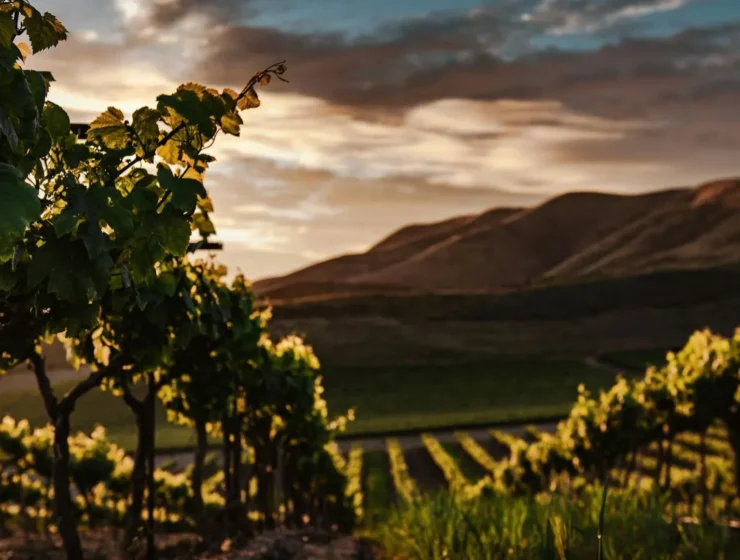
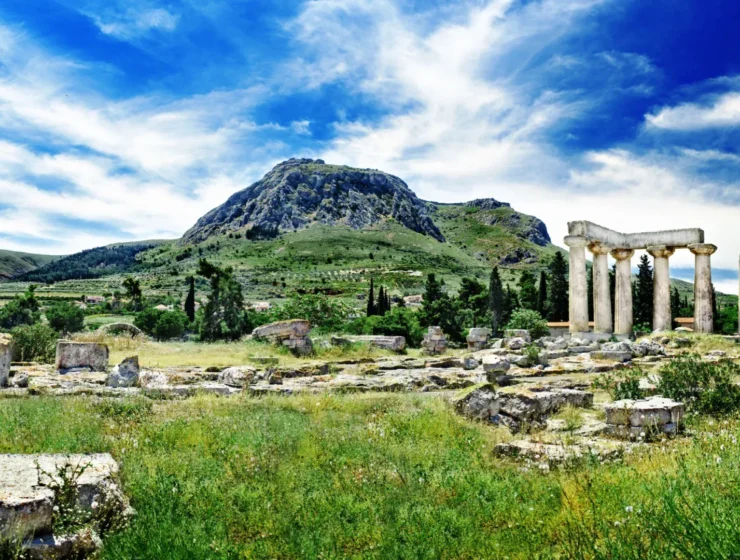
Peloponessos Unexplored: Connecting with Local Communities
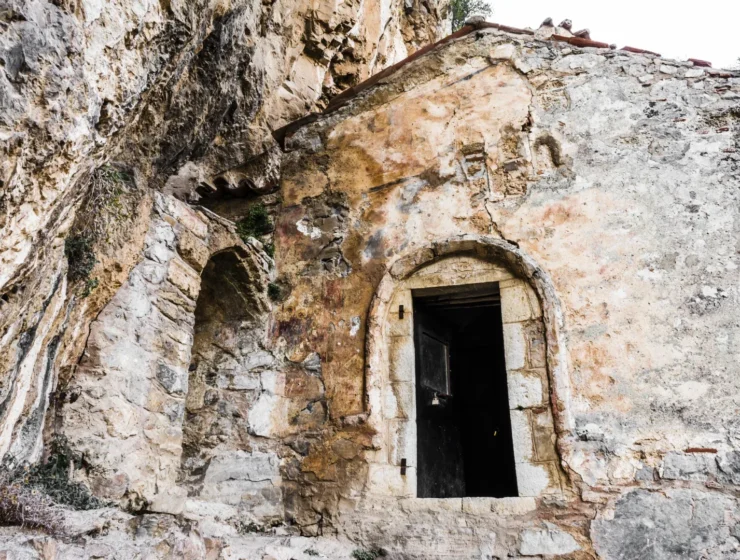
Exploring Orthodox Monasticism to nourish your spirit, mind and soul
